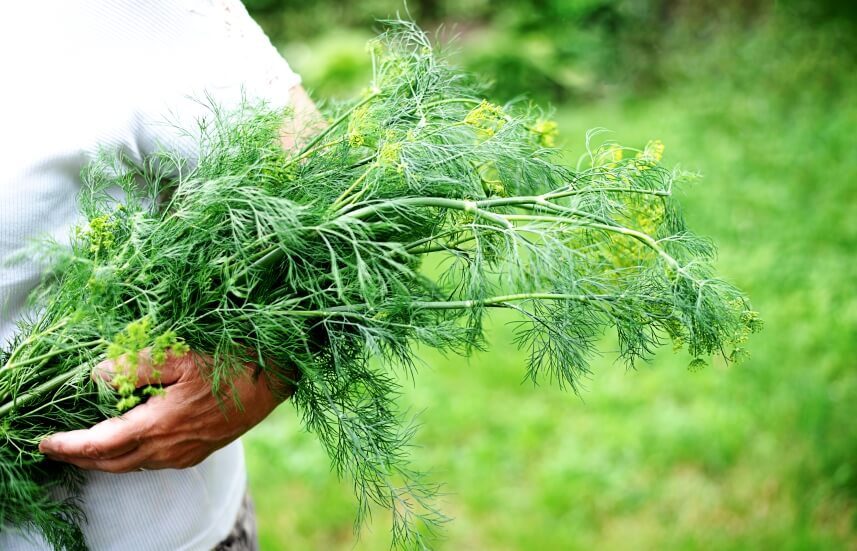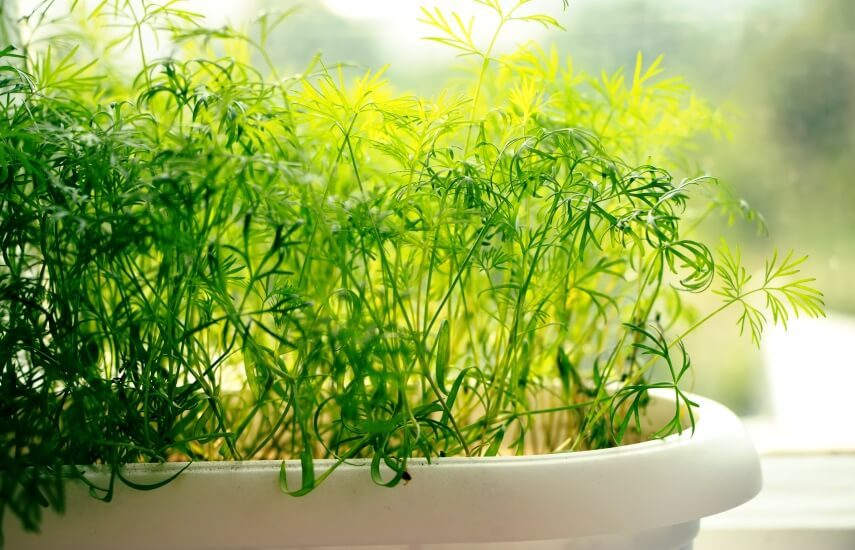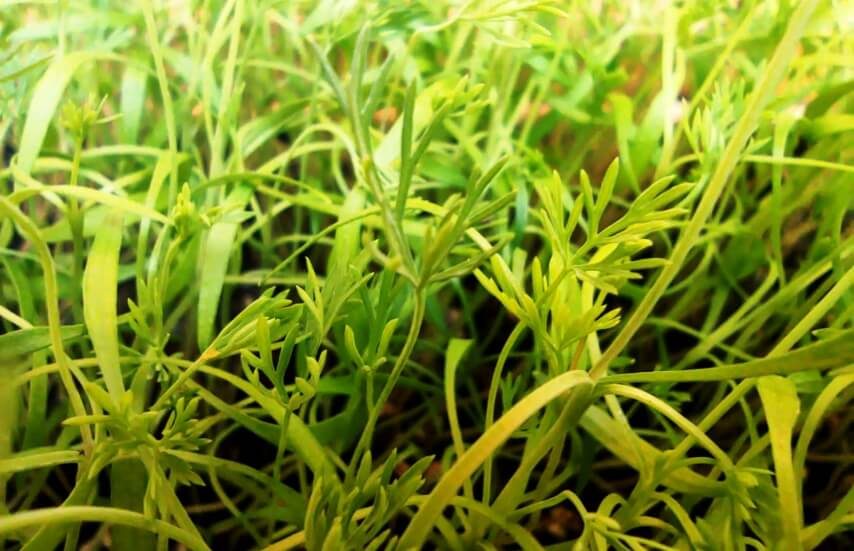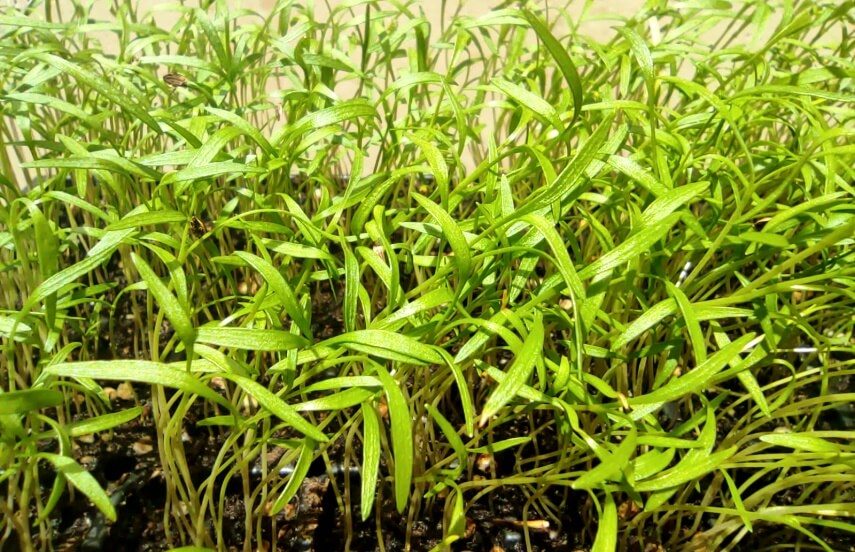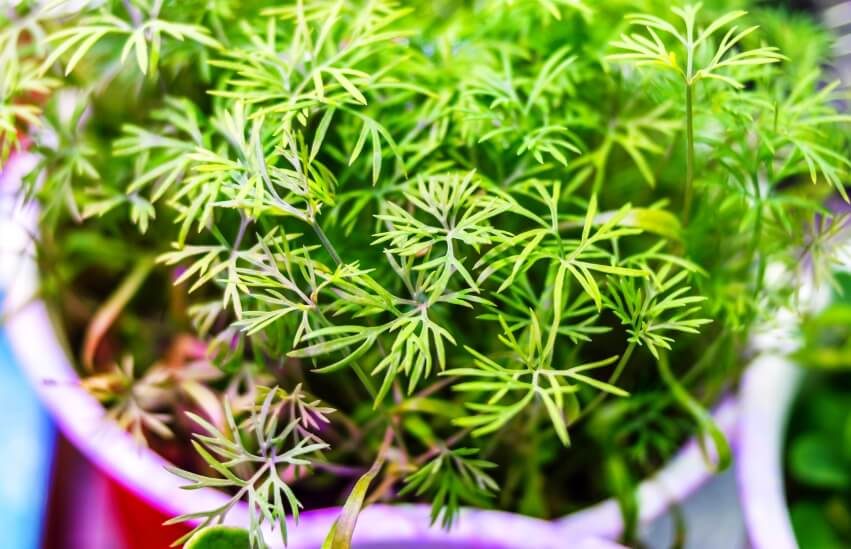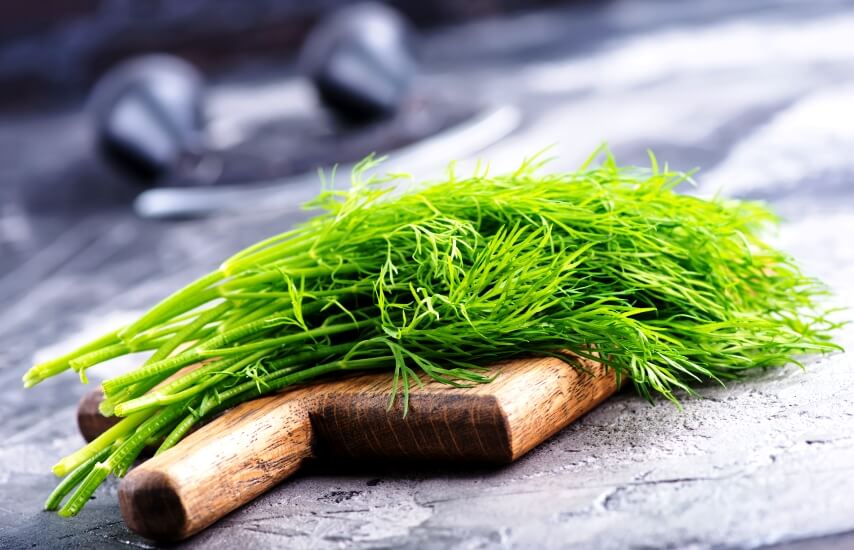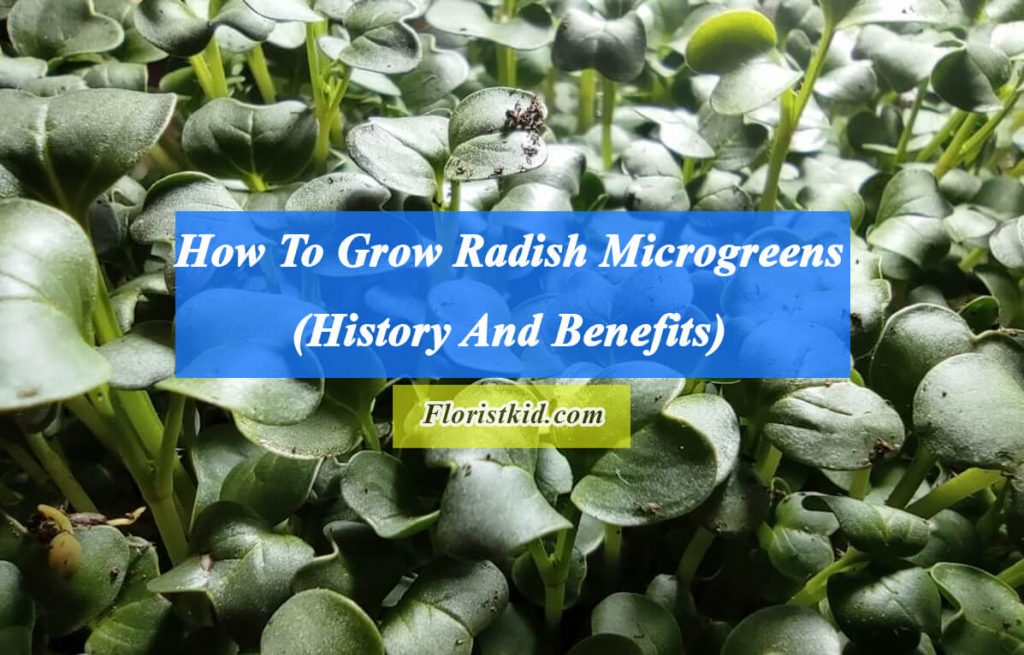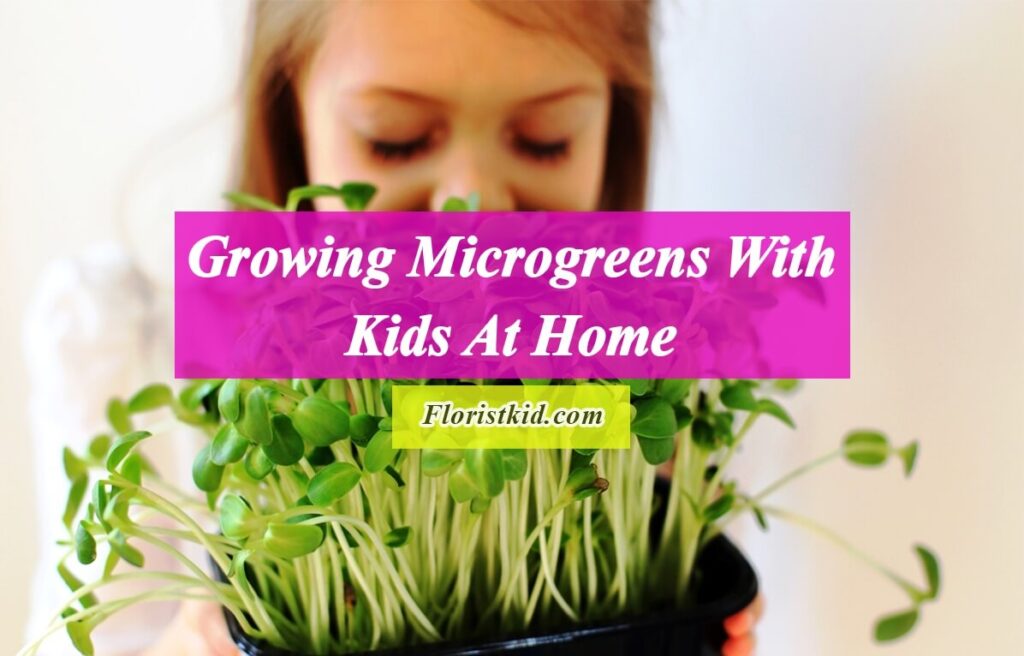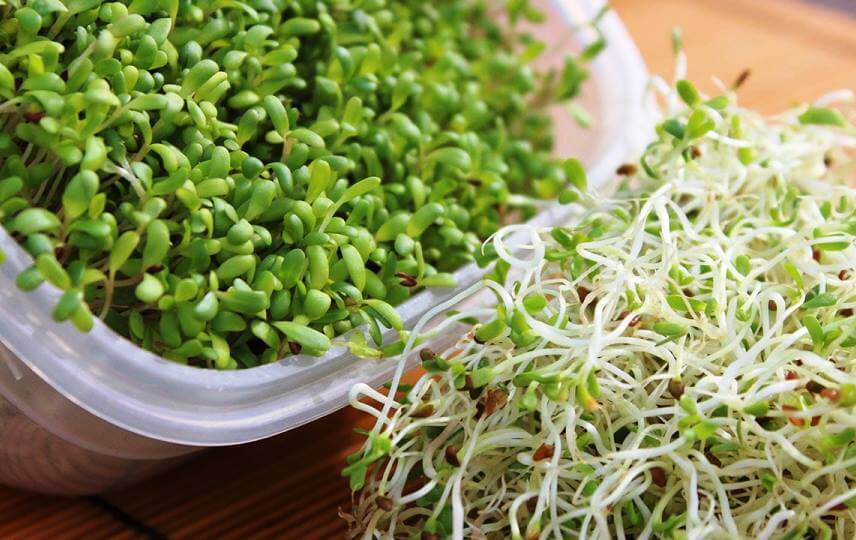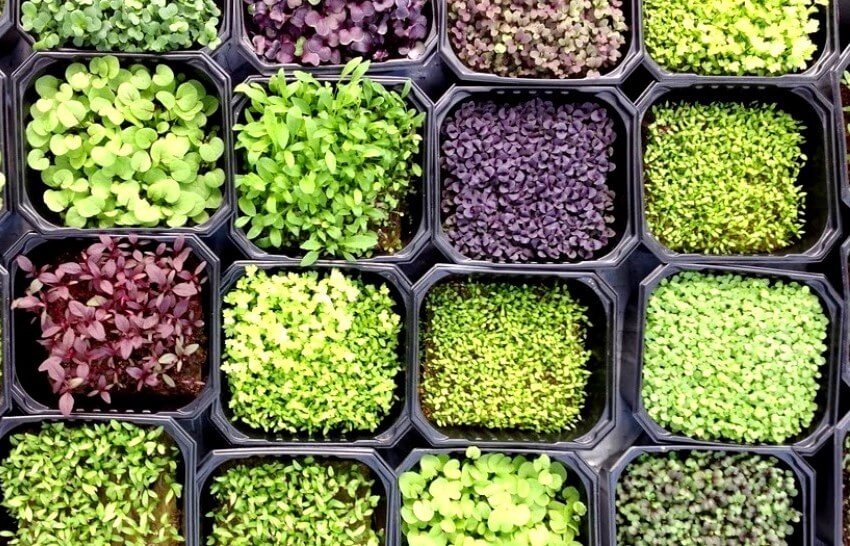Dill has numerous health advantages. It has long been valued for its nutritional qualities. Dill microgreens provide you with the delightful flavor of dill plants. Although this microgreen matures more slowly than other microgreens, the wait is worthwhile. You should expect to have tasty dill microgreens in around three weeks.
Your health can benefit from dill microgreens. Since these microgreens can be grown indoors in a small area, you can easily have year-round access to their health advantages. Along with salads, dill microgreen is frequently used in seafood dishes, soups, and other foods.
If Like to know more about microgreens, check these articles:
<<What Are Microgreens >> and <<Microgreens Benefits for Skin>>
Dill History
Dill has coexisted with people for a very long time. Dill remains discovered in Pharaoh Amenhotep II’s tomb show that dill was valued as a valuable herb in ancient Egypt as early as 1400 BC. Dill was discovered in the Greek city of Samos in the seventh century BC. Between 371 and 287 BC, even the philosopher Theophrastus wrote about dill [1].
Dill is a native of western Africa, the Mediterranean, and southern Russia. It is grown and sold worldwide. Today top dill-producing countries are Russia, China, India, Pakistan, Hungary, and Egypt. This plant is valued as a key cooking ingredient in Scandinavia and other regions of central and eastern Europe, North Africa, and Russia.
Dill microgreens overview
| Family | Apiaceae |
| Recommended Varieties | Bouquet |
| Nutrition | Vitamin A, B, C, iron, manganese, magnesium, phosphorus, potassium, sodium, calcium, and zinc |
| Average days to germinate | 5 to 7 days |
| Average days to harvest (after germination) | 8 to 13 days |
| Difficulty | Medium |
Dill microgreen varieties
Bouquet is one of the most popular varieties of dill out of 13 different ones. This cultivar can be identified by its tall, green branches and yellow blossoms. This kind is widely used to pickle cucumbers.
Dakota, Mammoth, Dukat, Long Island, and Fernleaf are other dill varieties that can be grown as a microgreen.
Nutrition facts and health benefits of dill microgreens
Dill microgreens are a good source of dietary fiber, vitamin A, B-complex vitamins, vitamin C, iron, manganese, magnesium, calcium, phosphorus, potassium, sodium, and zinc.
Dill microgreens help keep the mouth clean and improve breath. Additionally, they work well to stop hiccups. They can be used to treat insomnia and depression. Dill microgreens can also aid in treating menstruation problems, diarrhea, and dysentery. In addition, they can aid your condition if you have respiratory or bone issues [1].
How to grow dill microgreens
It takes 5 to 7 days for the dills to germinate. Allow them to reach 3 to 4 inches tall. You can harvest them almost two or three weeks after planting them. The procedure of growing dill microgreens is almost similar to other microgreens. Read the <<Growing Microgreens>> article to learn more about the general method for growing microgreens.
dill microgreens Growing Tips
Growing tips
- A 10×20 tray can be covered with 1.25 ounces of dill seeds without the issue of overcrowding.
- Dill microgreen seeds do not need to be soaked.
- Since the seeds are so tiny, they do not need to be covered with additional soil as long as they are in direct contact with the soil or medium directly beneath them.
- Dill thrives in environments with temperatures around 20 ° c (60 to 70 °F) and humidity levels between 40 and 60 percent. Since this microgreen is delicate to heat, humidity, and cold, the proper conditions must be present while growing dill microgreen [2].
- Molds can “jump” from plants to your microgreens, so to be safe, do not place your grow trays next to other plants.
- Carrot microgreen true leaves and dill microgreen true leaves are similar. If you grow these microgreens next to one another, you might not be able to tell them apart.
Harvesting Tips
- Harvest your dill microgreens when they are between 3 and 5 inches tall.
- Harvest the microgreens in the morning or evening to prevent the greens from wilting due to the heat.
- Cut just above the soil line to avoid scooping up any soil while harvesting.
Washing Tips
- If you did not use any chemicals on your dill microgreens, you do not need to wash them before eating them.
Storing tips
- Before placing microgreens inside a sealable plastic bag or food container, wrap them in damp paper towels. This will make them last a week.
Culinary guide: how to eat dill microgreen
Fresh dill microgreens excellently complement a variety of recipes. The application of dill microgreens is very diverse. All dill cultivars have feathery leaves when grown as microgreens, and they all have the characteristic dill flavor and scent that goes so well with salmon, potatoes, cucumbers, and egg dishes.
Your sandwich will become crunchier and tastier if you add some micro dill to them. You can also use these microgreens as the stuffing for tacos and spring rolls or any other wrapped food.
Dill microgreens can be added as a garnish to soups. This also applies to noodles, stews, and curries. In addition, you can add them while baking any baked meal, such as pizza.
On pasta, dill microgreens are also fantastic. Traditionally, pancakes are served with sweet ingredients like maple syrup, but savory pancakes can be topped with this microgreen. Sushi may also be topped with dill microgreens.
Try to include this microgreen in the morning meals. When cooking a morning omelet, dill microgreens go well with eggs.
Note: if you have a history of dill allergy, be cautious not to consume too many dill microgreens. Medical research has demonstrated that dill can trigger allergic responses.


